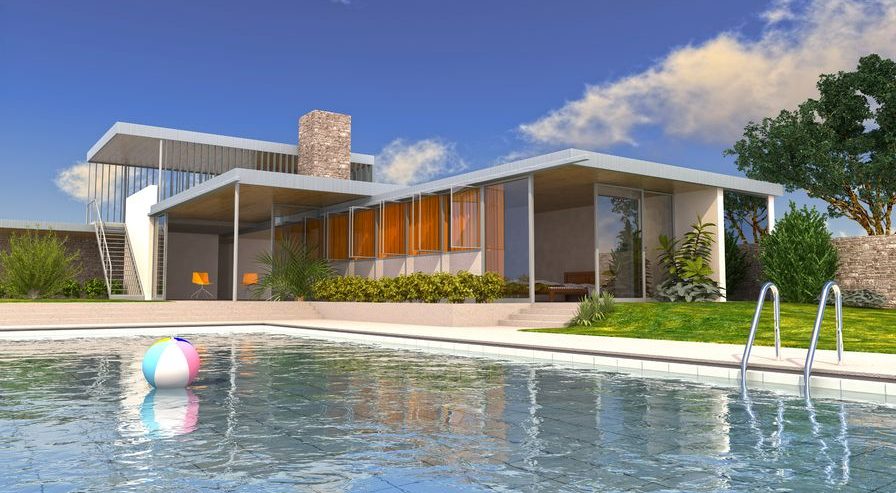Tips For Maintaining a Flat Roof
Although most homeowners are not aware of it, not every type of roof works for every building. Knowing the advantages and disadvantages of common types of roofs can save you wasted time and money from installation and frequent repairs. Before you decide on the right type of roof for your home, it’s important to examine all the information available to make sure that you make the right decision for you and your family. Read on to learn which homes are practical for a flat roof installation and how these unique roofs can be properly maintained.
Why a Flat Roof?
Most people are accustomed to home roofs being sloped, so you may wonder why flat roofs exist. Like any other type of roof, flat roofs offer unique advantages for the type of building they were designed to cover. For example, flat roofs are much easier to work on than sloped roofs, as they provide an even surface to walk on. Additionally, up to a certain size of building, they are also more stable than a sloped roof. Perhaps most convincingly, the materials needed to construct a flat roof are typically much cheaper than other types. If you’re trying to pick a roof for a smaller building, especially in the commercial sector, a flat roof just might be your perfect choice.
Common Flat Roof Problems
Flat roofs work best mostly for warmer climates, as they are not typically built to handle the massive weight of Philadelphia snow. The biggest obstacle you may run into when it comes to flat roofs is a matter of stability. As the surface of a flat roof increases, so does its instability and likelihood for damage or collapse. Although it is common to see expansive buildings in office parks with flat roofs, these buildings usually support the flat roof from the inside with large pillars that directly address the stability issue. Finally, flat roofs may not be an option for homeowners who are adverse to constant maintenance. Flat roofing materials must be re-coated fairly regularly in order to stay stable and leak-free, which is something you should consider before choosing this roofing type for your home.
Flat Roof Maintenance
The single biggest aspect of flat roof maintenance is r-ecoating. Although much cheaper than other types of roofing materials, flat roof materials were made to be energy efficient and waterproof, but not particularly durable. Without consistent re-coating and repair, you run the risk of leaks and even collapse. Typically, during the winter, there is news of at least one flat roof collapsing in because of water damage and the unsustainable weight of snow accumulation.
Additionally, even though flat roofing materials are much easier to install than other types, they still may require a professional touch, as improper installation can end up destroying the roof itself and, perhaps, even the rest of your home or building.
Out of all the roofing types that you could choose as a homeowner, one that is little utilized that offers big benefits is a flat roof. However, when you install a flat roof, you must be aware of the specific maintenance requirements necessary to maintain your roof’s integrity. Performing regular flat roof maintenance will preserve your roof and protect your home well into the future.





Comments
Comments are disabled for this post